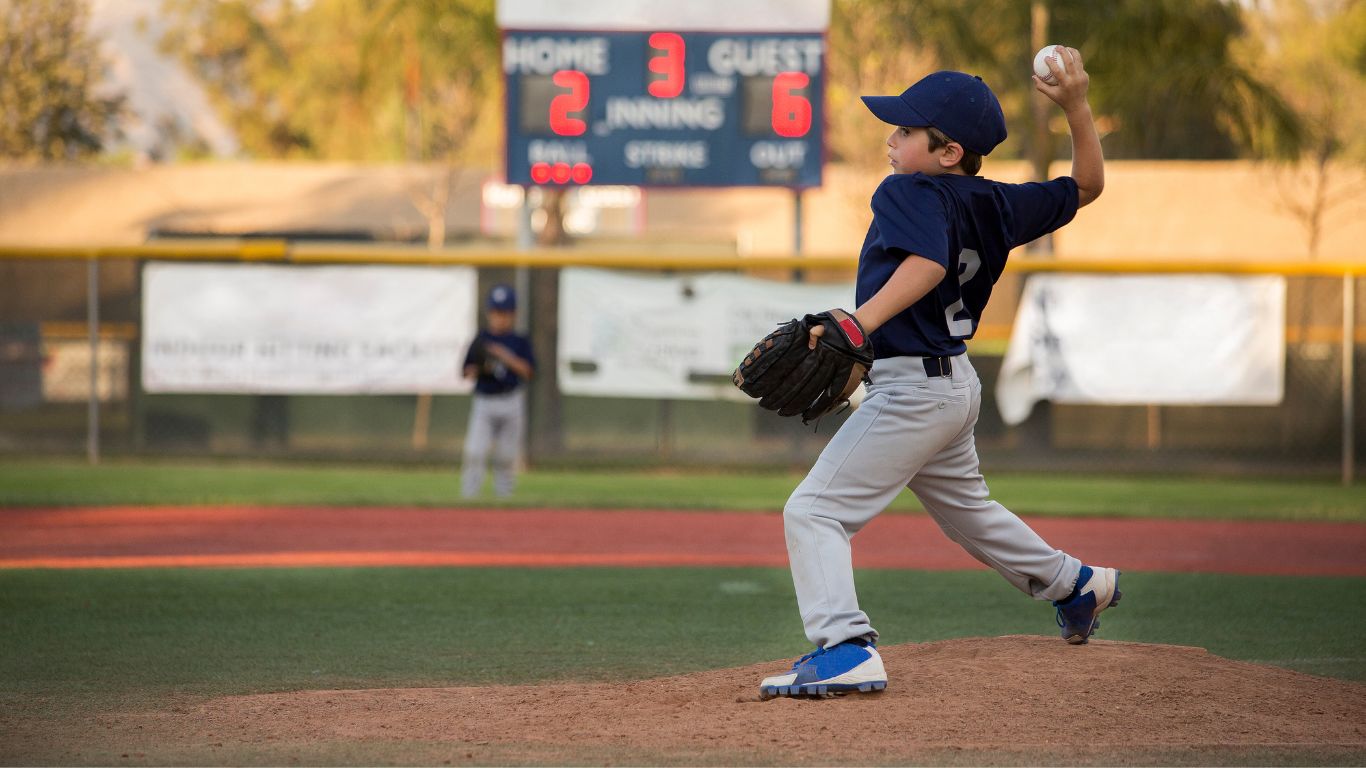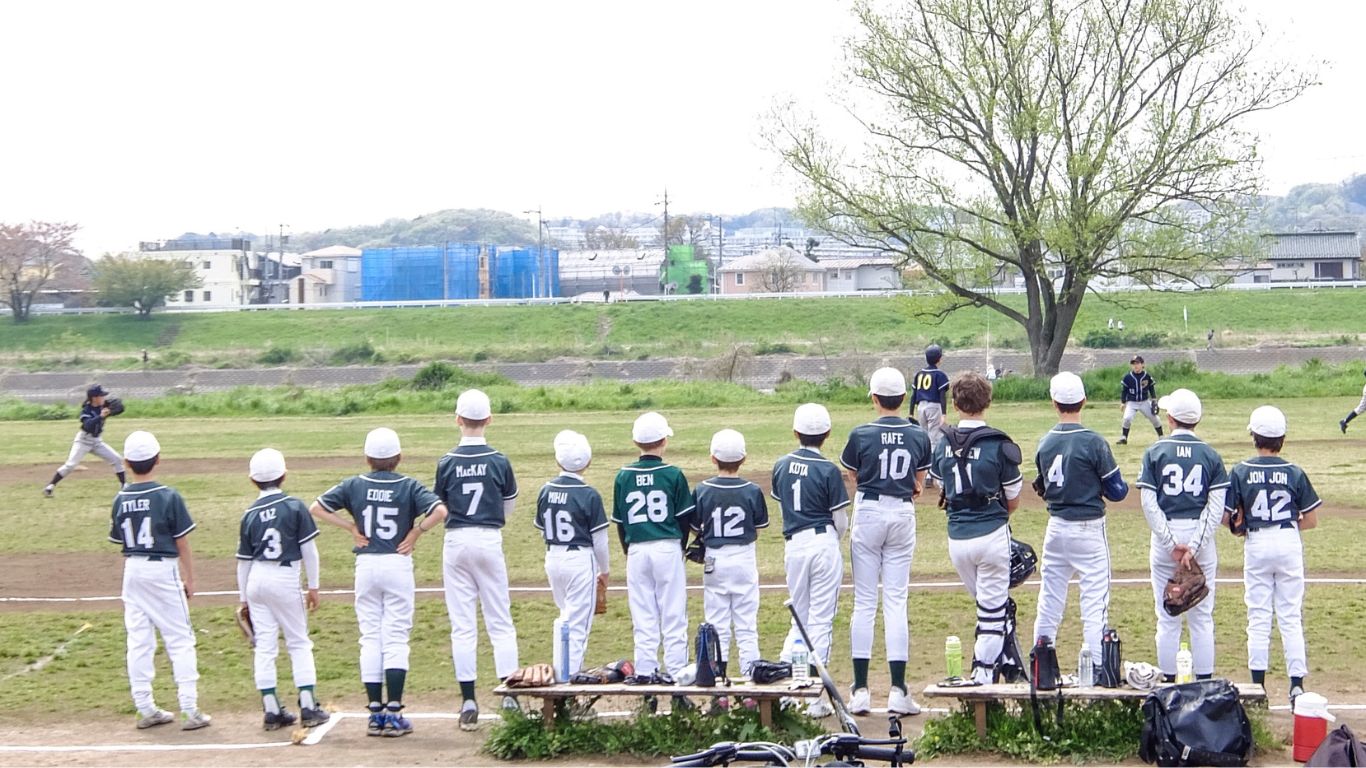In baseball, a baulk is a term that mystifies many fans, especially those new to the game. At its core, a baulk is a penalty called on a pitcher for any motion that illegally deceives a base runner to prevent the runners’ advancement. Given its subjective nature, deciphering a baulk can be as tricky for fans as it is for pitchers to avoid committing one. Here, we’ll explain what constitutes a baulk and provide examples to clarify this complex rule.
What Constitutes a Balk?
A baulk call can result from various actions (or inactions) by a pitcher. Below are some common scenarios where a pitcher may be called for a baulk:
- Improper Foot Position: The pitcher must stand on the rubber in a specific way depending on whether he delivers to the plate or attempts a pickoff move. A wrong foot position can lead to a baulk.
- False Motion: Any motion that suggests the pitcher will pitch when he does not do so can be considered deceitful and result in a baulk.
- Failure to Come to a Complete Stop: In the stretch position, a pitcher must come to a full and discernible stop with the baseball in front of his body before delivering the pitch. Anything less can be called a baulk.
- Quick Pitch: Delivering a pitch before the batter is reasonably set or the catcher is in the catcher’s box is prohibited.
- Pitcher Drops the Ball: If the pitcher accidentally drops the ball while on the rubber and is not in the motion of actually making a pitch, it is ruled a baulk.
Penalty for a Balk
Each runner, including the batter-runner, is awarded one base when a baulk is called. This can significantly impact the outcome of a game, especially in situations where bases are loaded or in late-inning, high-pressure situations.
Recent MLB Examples
To offer practical insight into how baulks are identified and interpreted in games, here are a few recent examples from MLB play:
- Example 1: During a 2022 game, a pitcher was called for a baulk when he began his pitching motion but failed to complete the pitch. This slight hesitation, noticed by the umpire, led to a baulk call.
- Example 2: In another game from the 2021 season, a pitcher made a pickoff attempt to third base but did not step directly towards third base. This indirect step and the throw were enough for the umpire to call a baulk.
- Example 3: A notable baulk call occurred in a 2020 game when a relief pitcher, after coming set, slightly moved his pitching hand while looking over at a runner on first base. This minimal but distinct movement without executing a pitch or pickoff move led to a baulk.
Understanding the Complexity
A baulk is one of the most nuanced rules in baseball, partly because its judgment can vary significantly among umpires. The subtleness of some baulks adds a layer of complexity and sometimes controversy. However, understanding the basic principles behind the baulk rule can help fans appreciate the strategic depth of baseball and recognize the skill pitchers must have to toe the line between deception and legality.
Frequently Asked Questions
Q: Can a baulk be called if no runners are on base?
A: No, a baulk can only be called when one or more runners are on base. If a pitcher commits a baulk with no runners on base, it is typically not called, as there are no base runners to benefit from the action.
Q: What happens if a baulk is called during a pitch that results in a play?
A: If a baulk is called but the pitch is delivered, and the ball is put into play, the offensive team has the option to accept the play’s results or the penalty from the baulk, which is advancing all runners one base.
Q: Is a baulk always called immediately?
A: While most baulk calls are made immediately, there can be instances where the call is slightly delayed, such as when the umpire needs a moment to process the action or confirm that a legal pitch was not made.
Q: How do pitchers avoid committing baulks?
A: Pitchers often work closely with their coaches to refine their movements on the mound, ensuring they adhere to the rules while maintaining their effectiveness. Frequent practice and attention to the positioning and movement of their feet, hands, and body are crucial for avoiding baulks.
Q: Can a baulk call be challenged or reviewed?
A: Balk calls are considered judgment calls by the umpires and, as such, cannot be challenged or reviewed using replay. This places significant importance on the umpire’s interpretation of the rules in real time.
Conclusion
While the concept of a baulk in baseball can be perplexing due to its intricacies and the subjective nature of its enforcement, it is essential in maintaining the balance of power between pitchers and base runners. With examples from recent MLB games, it becomes evident how critical and game-changing a baulk call can be. Whether you’re a new fan trying to grasp the game’s finer points or a seasoned viewer, appreciating the nuances of rules like the baulk can deepen your love and understanding of baseba









